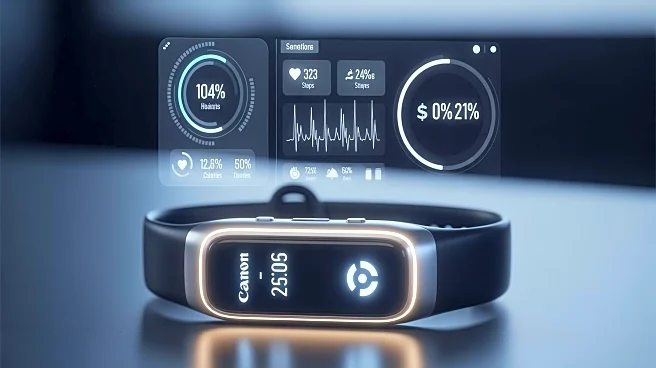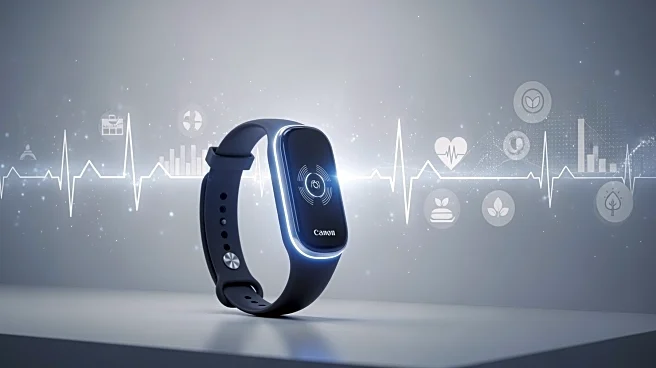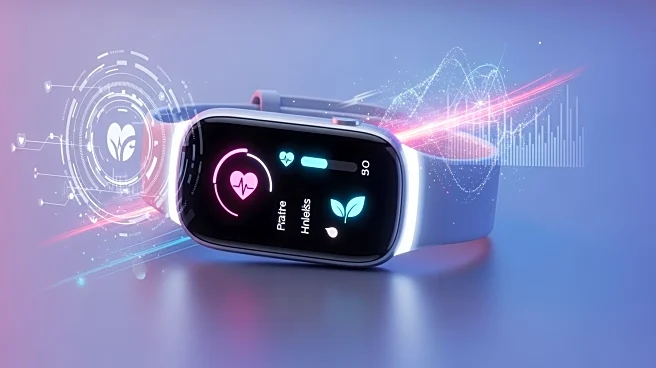What's Happening?
Recent research has explored the influence of smart wearable health products (SWHP) on health promotion behaviors. The study identifies self-efficacy as a core factor in user engagement with health-related
applications and devices. It suggests that self-efficacy affects physiological stress responses and modifies health-related behaviors. The research also highlights the role of positive affect, which is linked to better health outcomes and increased engagement in health promotion behaviors. The study proposes several hypotheses, including the positive influence of self-efficacy and positive affect on health promotion behaviors when using SWHP. Additionally, it examines the impact of data management, exercise control, social interaction, and esthetic pleasure on these behaviors.
Why It's Important?
The findings underscore the potential of smart wearable health products to enhance health promotion behaviors through increased self-efficacy and positive affect. This has significant implications for the healthcare industry, as it suggests that SWHP can be effective tools for encouraging healthier lifestyles and improving health outcomes. By understanding the mechanisms through which these devices influence behavior, developers can create more effective health applications. This research also highlights the importance of considering psychological factors, such as self-efficacy and positive affect, in the design of health technologies.
What's Next?
Future research may focus on further exploring the relationship between SWHP and health promotion behaviors, particularly in different demographic groups. Studies could investigate how these devices can be tailored to enhance self-efficacy and positive affect across various populations. Additionally, there may be opportunities to develop new SWHP features that specifically target these psychological factors to improve user engagement and health outcomes.
Beyond the Headlines
The study suggests that the design and esthetic appeal of SWHP can significantly impact user engagement and health promotion behaviors. This highlights the importance of considering user experience and design elements in the development of health technologies. As the market for wearable health devices continues to grow, understanding these factors could lead to more effective and widely adopted health solutions.











